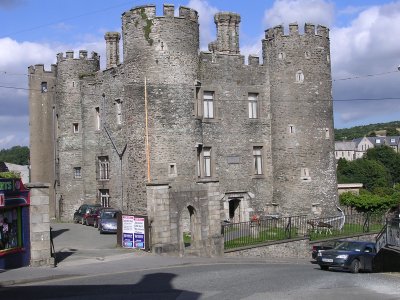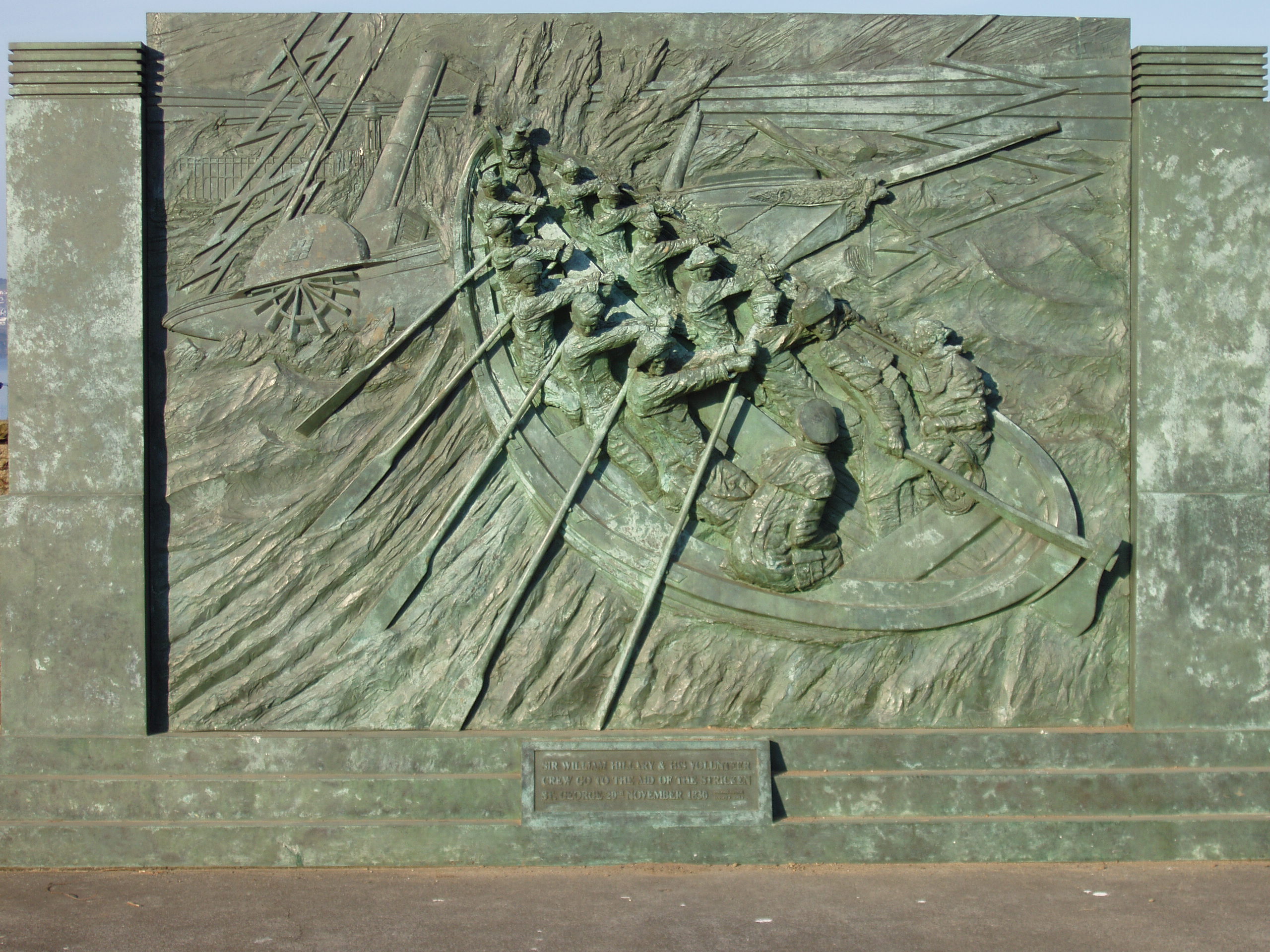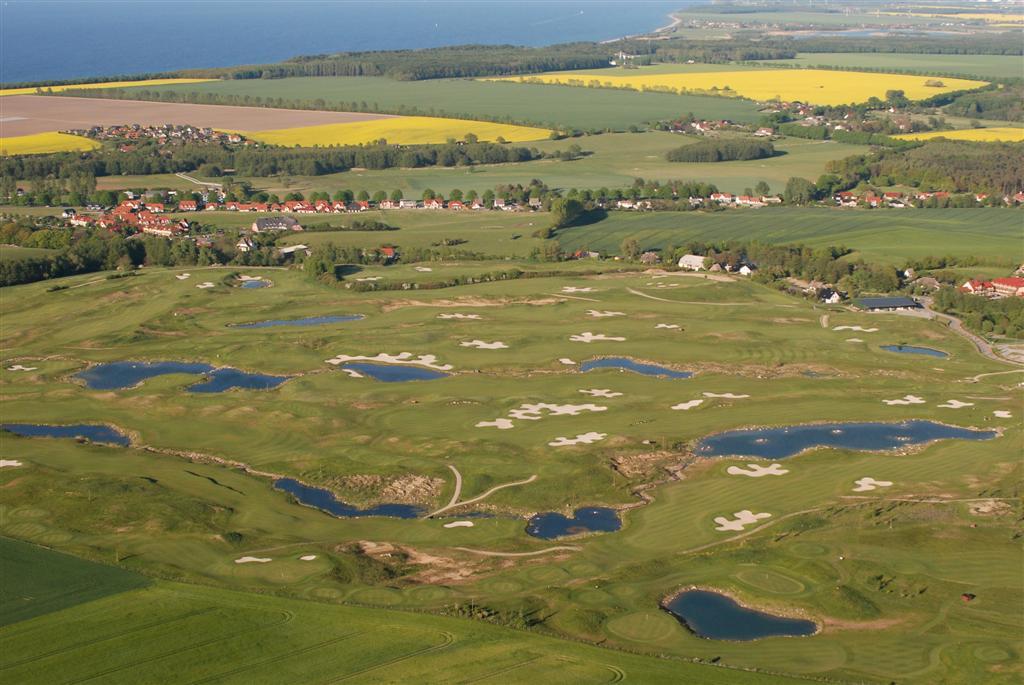|
Courtown
Courtown () is a village in County Wexford, Ireland. It was developed after Earl of Courtown, Lord Courtown ordered the construction of a harbour during the Famine years, 1839–1846. The economic boost of the new harbour led to a small village developing with fishing being the primary economy of the village. Courtown lies on the R742 road, R742 Regional road (Ireland), regional road, around 6 km south-east of Gorey. It is situated on the Irish Sea coast and with the recent development during the Celtic Tiger, Celtic Tiger years, has merged into the adjoining village of Riverchapel. As a result, population has trebled from 2006, reaching 4,365 in 2022. Development and amenities The name Courtown originally applied to a townland in North Wexford, 4 kilometres east of Gorey town. The townland was home to the seat of Lord Courtown during the 18th and 19th centuries. Courtown House was demolished in 1962. The remains of his private church and cemetery can still be seen in th ... [...More Info...] [...Related Items...] OR: [Wikipedia] [Google] [Baidu] |
Earl Of Courtown
The Earl of Courtown, in the County of Wexford, is a title in the Peerage of Ireland. It was created on 12 April 1762 for James Stopford, 1st Baron Courtown. He had previously represented County Wexford and Fethard in the Irish House of Commons. Stopford had already been created Baron Courtown, of Courtown in the County of Wexford, on 19 September 1758, and was made Viscount Stopford at the same time he was given the earldom. These titles are also in the Peerage of Ireland. He was succeeded by his eldest son, the second Earl. He was a Tory politician and served under William Pitt the Younger as Treasurer of the Household from 1784 to 1793. On 7 June 1796, he was created Baron Saltersford, of Saltersford in the County Palatine of Chester, in the Peerage of Great Britain. This title gave him and his descendants an automatic seat in the House of Lords. His eldest son, the third Earl, was also a Tory politician. He succeeded his father as Treasurer of the Household and was also ... [...More Info...] [...Related Items...] OR: [Wikipedia] [Google] [Baidu] |
Courtown Harbour 4160
Courtown () is a village in County Wexford, Ireland. It was developed after Lord Courtown ordered the construction of a harbour during the Famine years, 1839–1846. The economic boost of the new harbour led to a small village developing with fishing being the primary economy of the village. Courtown lies on the R742 regional road, around 6 km south-east of Gorey. It is situated on the Irish Sea coast and with the recent development during the Celtic Tiger years, has merged into the adjoining village of Riverchapel. As a result, population has trebled from 2006, reaching 4,365 in 2022. Development and amenities The name Courtown originally applied to a townland in North Wexford, 4 kilometres east of Gorey town. The townland was home to the seat of Lord Courtown during the 18th and 19th centuries. Courtown House was demolished in 1962. The remains of his private church and cemetery can still be seen in the townland. Today it is home to Courtown Golf Club and Kiltenne ... [...More Info...] [...Related Items...] OR: [Wikipedia] [Google] [Baidu] |
Courtown Lifeboat Station
Courtown Lifeboat Station is the base for a Royal National Lifeboat Institution (RNLI) inshore lifeboat at Courtown on the east coast of County Wexford, Ireland. The RNLI first stationed a lifeboat at Courtown in 1865 but the station was closed in 1925. It was reopened in 1990 for an inshore lifeboat. First station Local people approached the RNLI to request a lifeboat for Courtown. After a visit by their inspector, the RNLI agreed to build a lifeboat station in September 1865. The institution's Manchester branch offered £300 to pay for the lifeboat which arrived in December 1865. A slipway was built for the lifeboat on the north side of the harbour in 1885. The boathouse was replaced by a new one in 1911 which cost £740. A motor lifeboat was stationed at in 1915 which was able to cover a larger area than the earlier sailing lifeboats. It was decided in June 1925 to close the station at Courtown. During World War II the British Air Ministry was concerned about aircraft co ... [...More Info...] [...Related Items...] OR: [Wikipedia] [Google] [Baidu] |
County Wexford
County Wexford () is a Counties of Ireland, county in Republic of Ireland, Ireland. It is in the Provinces of Ireland, province of Leinster and is part of the Southern Region, Ireland, Southern Region. Named after the town of Wexford, it was based on the historic Gaelic Ireland, Gaelic territory of Uí Ceinnselaig, Hy Kinsella (''Uí Ceinnsealaigh''), whose capital was Ferns, County Wexford, Ferns. Wexford County Council is the Local government in the Republic of Ireland, local authority for the county. The population of the county was 163,527 at the 2022 census. History The county is rich in evidence of early human habitation.Stout, Geraldine. "Essay 1: Wexford in Prehistory 5000 B.C. to 300 AD" in ''Wexford: History and Society'', pp 1 – 39. ''Portal tombs'' (sometimes called dolmens) exist at Ballybrittas (on Bree Hill) and at Newbawn – and date from the Neolithic period or earlier. Remains from the Bronze Age period are far more widespread. Early Irish tribes formed ... [...More Info...] [...Related Items...] OR: [Wikipedia] [Google] [Baidu] |
Gorey
Gorey () is a market town in north County Wexford, Ireland. It is bypassed by the main N11 road (Ireland), M11 Dublin to Wexford road. The town is also connected to the Gorey railway station, railway network along the same route. Local newspapers include the ''Gorey Guardian''. As a growing commuter town to Dublin for some residents, there has been an increase in population in the early 21st century. Between 1996 and 2002, the population of the surrounding district grew by 23%, and the town itself almost trebled in population (from 3,939 to 11,517 inhabitants) in the period between the 1996 and 2022 census. Name While the town and parish were sometimes historically known as Kilmichaelogue (), the town's modern English name may derive from the Irish language, Irish ''Gabhraighe'', meaning a "a place abounding in goats". The town was granted a charter as a borough in 1619, under the name Newborough. However, as noted in ''A Topographical Dictionary of Ireland'' (published in 183 ... [...More Info...] [...Related Items...] OR: [Wikipedia] [Google] [Baidu] |
Riverchapel
Riverchapel () is a village in County Wexford, Ireland. It lies just south of Courtown on the R742 regional road and has been a summer holiday resort for Dublin people at least since tourists started to arrive in 1863 when the railway line from Dublin reached nearby Gorey. The population of the area has also grown significantly since the mid-2000s. Riverchapel is 1 km inland from the Irish Sea coast and has merged into the adjoining village of Courtown. Both villages have many caravan parks and holiday homes. In the late 20th and early 21st century, significant urbanisation has taken place, especially in Riverchapel, with major expansions being done to local shops and the additions of new amenities such as a pharmacy and community sports complex for association football and GAA, although the local Gaelic football and hurling club ''Réalt na Mara'' is based in neighbouring Ballygarrett. Large housing estates are now home to commuters working in Dublin. Ardamine is to its ... [...More Info...] [...Related Items...] OR: [Wikipedia] [Google] [Baidu] |
R742 Road
The R742 road is a regional road in County Wexford, Ireland. From its junction with the R772 in Gorey it takes a southerly route to its junction with the R741 north of Wexford Town where it terminates. Though the road passes through many popular seaside resorts and villages undergoing extensive growth, it remains virtually unchanged since it was first paved with long stretches of narrow, winding, unmarked and worn surfacing (as of 2007). The road is long. See also *Roads in Ireland *National primary road *National secondary road ReferencesRoads Act 1993 (Classification of Regional Roads) Order 2006– Department of Transport A ministry of transport or transportation is a ministry responsible for transportation within a country. It usually is administered by the ''minister for transport''. The term is also sometimes applied to the departments or other government a ... {{Roads in Ireland Regional roads in the Republic of Ireland Roads in County Wexford ... [...More Info...] [...Related Items...] OR: [Wikipedia] [Google] [Baidu] |
Regional Road (Ireland)
A regional road () in the Republic of Ireland is a class of road not forming a major route (such as a national primary road or national secondary road), but nevertheless forming a link in the Roads in Ireland, national route network. There are over 11,600 kilometres (7,200 miles) of regional roads. Regional roads are numbered with three-digit route numbers, prefixed by "R" (e.g. R105 road (Ireland), R105). The equivalent road category in Northern Ireland are Roads in Northern Ireland#"B" roads, B roads. History Until 1977, classified roads in the Republic of Ireland were designated with one of two prefixes: Trunk roads in Ireland, "T" for trunk roads and "L" for link roads. The ''Local Government (Roads and Motorways) Act, 1974'' authorised the designation of roads as national roads: in 1977, twenty-five national primary roads (N1-N25) and thirty-three national secondary roads (N51-N83) were initially designated under the ''Local Government (Roads and Motorways) Act, 1974 (Declar ... [...More Info...] [...Related Items...] OR: [Wikipedia] [Google] [Baidu] |
Royal National Lifeboat Institution
The Royal National Lifeboat Institution (RNLI) is the largest of the lifeboat (rescue), lifeboat services operating around the coasts of the United Kingdom, Republic of Ireland, Ireland, the Channel Islands, and the Isle of Man, as well as on some inland waterways. Founded in 1824 as the National Institution for the Preservation of Life from Shipwreck, it soon afterwards became the Royal National Institution for the Preservation of Life from Shipwreck because of the patronage of King George IV. Royal patronage has continued up to the present day with Charles III, King Charles III. The organisation changed its name to the Royal National Lifeboat Institution on 5 October 1854 and was granted a royal charter in 1860. The RNLI is a charity based in Poole, Dorset. It is principally funded by Will (law), legacies (65%) and donations (30%). Most of its lifeboat crews are unpaid volunteers. They operate more than 400 lifeboats from 238 stations. Paid lifeguards provide services at near ... [...More Info...] [...Related Items...] OR: [Wikipedia] [Google] [Baidu] |
Forest
A forest is an ecosystem characterized by a dense ecological community, community of trees. Hundreds of definitions of forest are used throughout the world, incorporating factors such as tree density, tree height, land use, legal standing, and ecological function. The United Nations' Food and Agriculture Organization (FAO) defines a forest as, "Land spanning more than 0.5 hectares with trees higher than 5 meters and a Canopy (biology), canopy cover of more than 10 percent, or trees able to reach these thresholds ''in situ''. It does not include land that is predominantly under agricultural or urban use." Using this definition, ''Global Forest Resources Assessment (FRA), Global Forest Resources Assessment 2020'' found that forests covered , or approximately 31 percent of the world's land area in 2020. Forests are the largest Terrestrial ecosystem, terrestrial ecosystems of Earth by area, and are found around the globe. 45 percent of forest land is in the Tropical forest, trop ... [...More Info...] [...Related Items...] OR: [Wikipedia] [Google] [Baidu] |
Beach
A beach is a landform alongside a body of water which consists of loose particles. The particles composing a beach are typically made from Rock (geology), rock, such as sand, gravel, shingle beach, shingle, pebbles, etc., or biological sources, such as mollusc shells or coralline algae. Sediments settle in different densities and structures, depending on the local wave action and weather, creating different textures, colors and gradients or layers of material. Though some beaches form on inland freshwater locations such as lakes and rivers, most beaches are in coastal areas where wind wave, wave or Ocean current, current action deposition (geology), deposits and reworks sediments. Coastal erosion, Erosion and changing of beach geologies happens through natural processes, like wave action and Extreme weather, extreme weather events. Where wind conditions are correct, beaches can be backed by coastal dunes which offer protection and regeneration for the beach. However, th ... [...More Info...] [...Related Items...] OR: [Wikipedia] [Google] [Baidu] |
Golf Course
A golf course is the grounds on which the sport of golf is played. It consists of a series of holes, each consisting of a teeing ground, tee box, a #Fairway and rough, fairway, the #Fairway and rough, rough and other hazard (golf), hazards, and a green with a cylindrical hole in the ground, known as a "cup". The cup holds a flagstick, known as a "pin". A standard round of golf consists of 18 holes, and as such most courses contain 18 distinct holes; however, there are many 9-hole courses and some that have holes with shared fairways or greens. There are also courses with a non-standard number of holes, such as 12 or 14. The vast majority of golf courses have holes of varying length and difficulties that are assigned a standard score, known as Par (score), par, that a proficient player should be able to achieve; this is usually three, four or five strokes. Par-3 courses consist of holes all of which have a par of three. Short courses have gained in popularity; these consist of mo ... [...More Info...] [...Related Items...] OR: [Wikipedia] [Google] [Baidu] |






